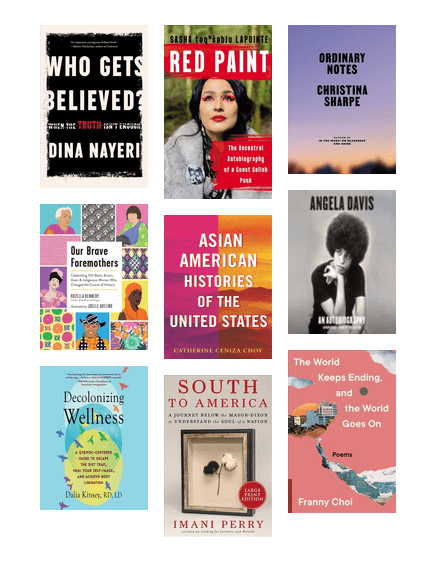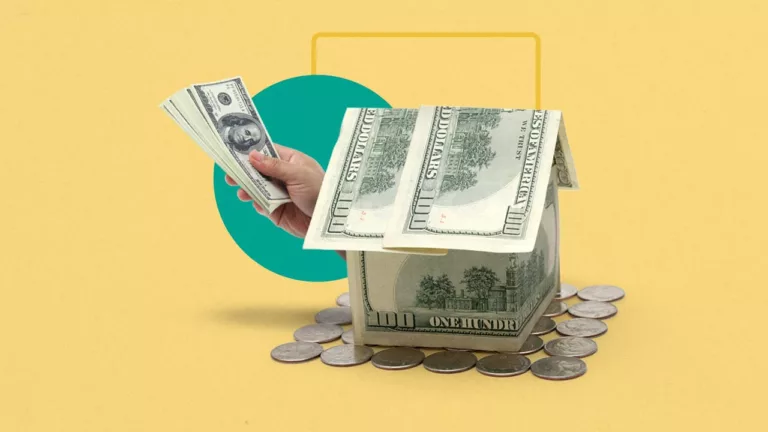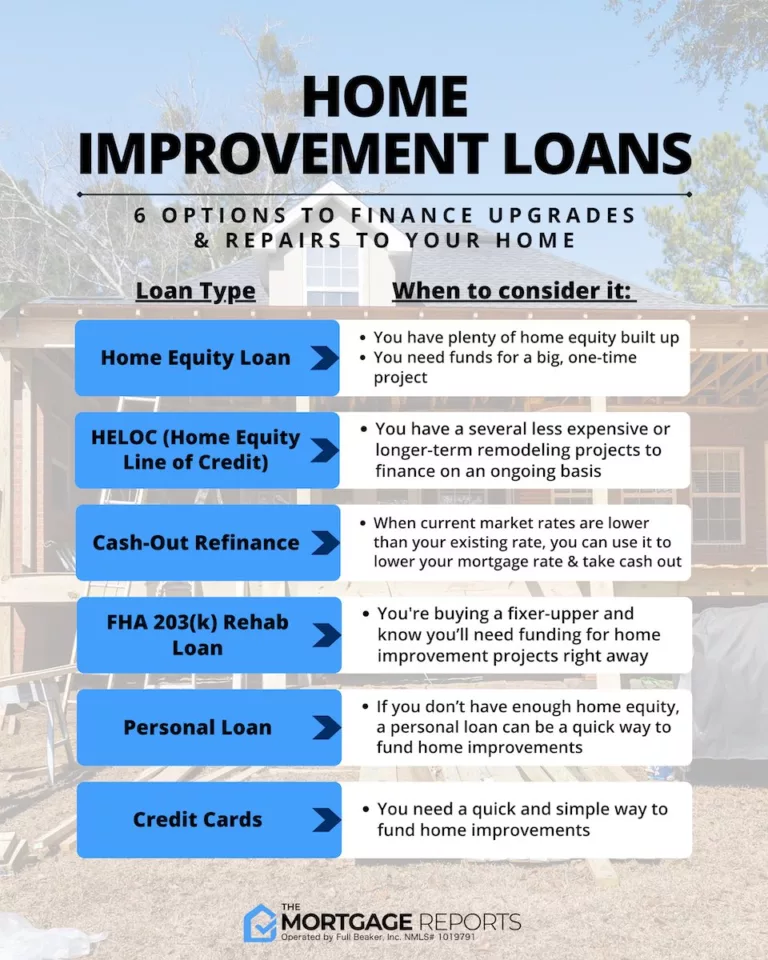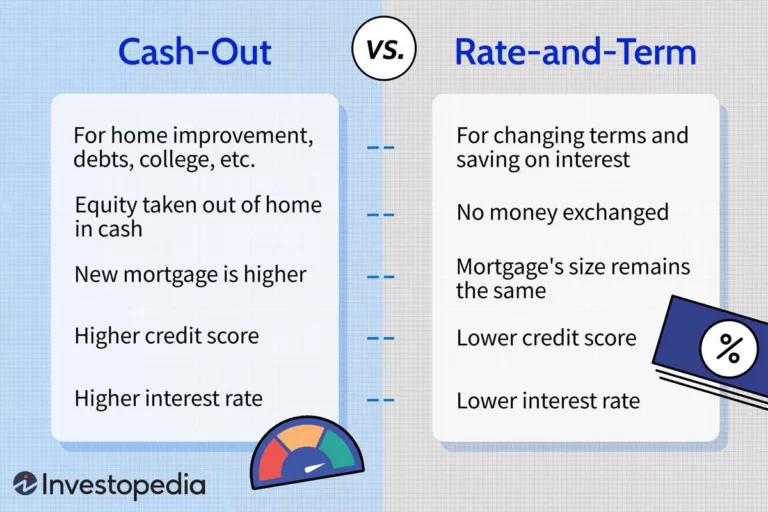When Could Women Get a Mortgage? Unveiling the Empowering Timeline!
Women were allowed to get a mortgage starting in the early 1970s. Before this time, they faced significant limitations in obtaining home loans, but as gender equality progressed, these restrictions were gradually lifted.
1. Early Restrictions On Women’s Access To Mortgages
Throughout history, women have faced numerous hurdles and restrictions when it came to accessing mortgages. These early limitations, ranging from property ownership restrictions to legal barriers and social biases, significantly hindered their ability to secure loans and own homes. Let’s explore each aspect in more detail.
1.1 Property Ownership Restrictions
One of the first obstacles women encountered was property ownership restrictions. In many societies, laws explicitly stated that only men could own property, excluding women from this fundamental right. As a result, women were unable to qualify for mortgages, as they could not own the property they intended to finance.
1.2 Legal Limitations
Legal limitations further added to women’s difficulties in obtaining mortgages. Laws and statutes often favored male borrowers, making it challenging for women to navigate the mortgage application process. These laws imposed stricter requirements on women, such as higher down payments or shorter loan terms, effectively limiting their access to affordable home financing.
1.3 Social Barriers
Social barriers constituted another significant challenge for women seeking mortgages. Traditional gender roles and societal expectations often discouraged women from pursuing homeownership or financial independence. Women faced widespread biases and prejudices in the lending industry, with lenders hesitant to provide them with loans based on gender stereotypes rather than assessing their financial capabilities.
In summary, early restrictions on women’s access to mortgages encompassed property ownership limitations, legal barriers, and social biases. These obstacles prevented countless women from attaining homeownership and financial security, restricting their opportunities for economic growth and independence.

Credit: ourstories.umb.com
2. Breaking Barriers: Milestones In Women’s Mortgage Rights
Women’s journey towards obtaining mortgages has been influenced by various milestones throughout history. These milestones represent crucial moments that have gradually paved the way for women’s equal rights in property ownership and access to credit. Let’s explore some of these significant milestones that have helped break barriers for women seeking mortgages:
2.1 Suffragette Movement And Property Ownership
The suffragette movement of the late 19th and early 20th centuries played a significant role in advocating for women’s rights, including property ownership. Before this movement gained momentum, women were often denied the right to own property or acquire a mortgage independently, as they were deemed legally incapacitated. However, as the suffragettes fought for women’s suffrage, they also challenged societal norms that limited women’s financial independence.
As a result, various countries enacted laws that gradually granted women the right to own property and obtain mortgages in their own name. For example, in the United States, reforms in property laws occurred between the late 1800s and early 1900s, allowing married women to own property or acquire loans against their property.
2.2 The Equal Credit Opportunity Act Of 1974
The Equal Credit Opportunity Act (ECOA) of 1974 marked a crucial milestone in women’s mortgage rights. This U.S. federal law prohibited lenders from discriminating against individuals based on their gender, marital status, race, or other protected characteristics when it came to granting credit.
Before the ECOA, women faced many challenges in securing mortgages. Lenders often considered characteristics such as marital status and the possibility of pregnancy as reasons to reject loan applications from women. However, with the implementation of the ECOA, women gained greater access to credit, including mortgages, based solely on their creditworthiness and financial stability.
2.3 The Landmark Supreme Court Case Of 1988
In a landmark Supreme Court case in 1988, the landmark Supreme Court Case confirmed that lenders could not require a woman to have her husband co-sign a mortgage. This ruling was a significant step towards ensuring women’s financial autonomy in obtaining mortgages.
Prior to this ruling, it was not uncommon for lenders to require a woman to have a male co-signer, often her husband, even when she had sufficient income and creditworthiness. This requirement undermined women’s financial independence and perpetuated gender inequality.
The case paved the way for women to be seen as equal borrowers, granting them the same rights as men when it came to securing mortgages.
3. Challenges Faced By Women In Obtaining Mortgages
In the past, women faced numerous challenges when it came to obtaining mortgages. These obstacles stemmed from wage disparities, gender bias in lending practices, and the unique difficulties faced by single women or those applying for joint mortgages. Below, we will delve into each of these challenges in detail to shed light on the roadblocks that women encountered in their pursuit of homeownership.
3.1 Wage Disparities and Income Requirements
One major challenge women faced in obtaining mortgages was due to wage disparities and income requirements. With wage inequality still prevalent in society, women often had lower salaries than their male counterparts. This discrepancy in income could make it difficult for women to meet the stringent income requirements set by lenders.
Moreover, women in certain professions, such as teaching or nursing, historically earned lower wages compared to industries dominated by men. This wage gap meant that even though these women were fully capable of making monthly mortgage payments, they were deemed financially inadequate based on their comparatively lower incomes.
These income requirements forced women to either find alternate sources of income or accept lesser loan amounts, making it harder for them to purchase homes in desirable neighborhoods or secure satisfactory mortgage terms.
3.2 Gender Bias in Lending Practices
Gender bias in lending practices was another hurdle faced by women seeking mortgages. In the past, lenders often held biased views, assuming that women were less creditworthy or financially stable compared to men.
As a result, female applicants were subjected to more stringent scrutiny in terms of credit history, debt-to-income ratios, and employment stability. This unfair bias often led to women being denied loans or offered less favorable interest rates and terms compared to male applicants with similar financial profiles.
It was not until stricter regulations were put in place and the awareness of gender bias in lending practices was raised that women started to experience fairer treatment in the mortgage application process.
3.3 Single Women and Joint Applications
Single women, in particular, faced unique challenges when applying for mortgages. As they didn’t have a partner to contribute to the income and down payment, single women often had to rely solely on their own financial resources.
This situation created additional difficulties as lenders may have been skeptical about granting loans to individuals with a single income, perceiving them as higher-risk borrowers. Consequently, single women were more likely to face higher interest rates, stricter income requirements, or limited mortgage options.
However, joint mortgage applications offered some relief for single women. By teaming up with a co-borrower, such as a family member or close friend, they could combine their incomes and assets, making them more attractive to lenders.
Joint applications provided single women with the opportunity to overcome financial hurdles and increase their chances of obtaining a mortgage on favorable terms.
These challenges serve as reminders of the progress that has been made in reducing gender disparities in the mortgage industry. By acknowledging the historical obstacles faced by women, society can continue striving for equal treatment and opportunities in the realm of homeownership.

Credit: www.facebook.com
4. Empowering Women: Tips For Securing A Mortgage Today
Securing a mortgage is an empowering step for any individual, and it is no different for women today. Gone are the days when women faced limitations in financial independence and the ability to obtain home loans. Now, women have the same opportunities as their male counterparts to achieve their dreams of homeownership. If you are a woman ready to take charge of your financial future and embark on the journey of securing a mortgage, here are three tips to help you along the way.
4.1 Building A Strong Credit History
One crucial step in securing a mortgage is building a strong credit history. Lenders consider a borrower’s creditworthiness before deciding to approve a loan application. To establish a solid credit history, focus on the following:
- Make timely payments on all your bills and credit accounts without any default.
- Maintain low credit card balances by keeping your credit utilization ratio below 30%.
- Avoid opening new lines of credit or taking on excessive debt.
- Regularly review your credit report to identify and address any errors or discrepancies.
4.2 Researching Loan Options And Assistance Programs
When it comes to securing a mortgage, extensive research is essential to find the most suitable loan options and assistance programs available. Start by considering the following:
| Loan Options | Assistance Programs |
|---|---|
|
|
By researching these options, you can find a mortgage program or assistance that best suits your needs and financial situation.
4.3 Engaging Professional Help
Seeking professional help can make the mortgage process smoother and less overwhelming. Consider the following professionals who can guide you through the mortgage journey:
- Mortgage brokers: They can help you navigate through the various loan options and find the best rates.
- Real estate agents: They assist in finding your dream home and negotiating the best terms.
- Loan officers: They work for lenders and provide guidance on loan approval and terms.
- Financial advisors: They offer holistic financial planning and advice to help you make informed decisions.
The expertise and support of these professionals will empower you to navigate the mortgage process confidently.
5. The Future Of Women’s Mortgage Empowerment
As women continue to break barriers and achieve greater financial independence, the future of women’s mortgage empowerment is brighter than ever. With a focus on equal access, addressing biases, and increasing financial education, women can expect a more inclusive and empowering mortgage landscape.
5.1 Continued Advocacy For Equal Access To Mortgages
Advocacy groups and organizations are committed to ensuring that women have equal access to mortgages. By pushing for changes in regulations and policies, they aim to eliminate gender-based discrimination in lending institutions. These efforts are vital in leveling the playing field and providing women with the same opportunities to obtain mortgages that men have enjoyed for decades.
5.2 Addressing Systemic Biases In Lending
Systemic biases in lending have historically hindered women from obtaining mortgages. However, the future holds promise as financial institutions acknowledge and rectify these biases. By implementing fair lending practices, such as unbiased algorithms and diverse hiring practices, lenders can create a more inclusive environment where women can access mortgages without facing unnecessary obstacles.
5.3 Increasing Financial Education And Support
One key aspect of empowering women in the mortgage realm is improving financial education and support. By equipping women with the necessary knowledge and tools to navigate the mortgage process, they can make informed decisions and confidently negotiate lending terms. Organizations and government initiatives can play a pivotal role in offering comprehensive financial education programs and support networks specifically designed to address the unique challenges women may face.
Additionally, promoting financial literacy through workshops, seminars, and online resources can empower women to improve their credit scores, manage debt, and plan for homeownership. By increasing financial literacy, women can take charge of their financial futures and overcome any barriers that may arise when seeking a mortgage.
Overall, the future of women’s mortgage empowerment relies on continued advocacy for equal access to mortgages, addressing systemic biases in lending, and increasing financial education and support. With these efforts, women can confidently navigate the mortgage landscape and achieve their homeownership goals.

Credit: www.linkedin.com
Frequently Asked Questions For When Could Women Get A Mortgage
When Were Women Allowed To Take Out Mortgages?
Women were allowed to take out mortgages in the United States in the early 1970s.
What Year Could A Woman Open A Bank Account?
Women were allowed to open bank accounts starting from the year [year].
What Year Could A Woman Get A Credit Card?
Women could first obtain credit cards in the year 1974, when the Equal Credit Opportunity Act became law.
When Could Women Get A Loan Without A Male Cosigner?
Women can get a loan without a male cosigner when they have a good credit score and meet the lender’s requirements. The decision depends on the individual lender’s policies and the woman’s financial stability.
Conclusion
The journey towards women’s mortgage rights has been marked by significant milestones and gradual progress. From being excluded completely to gaining limited access, women’s ability to secure mortgages has come a long way. Although the road to equal opportunities has not been without obstacles, it is crucial to celebrate the milestones achieved and continue advocating for increased financial inclusion for women.
By understanding our shared history, we can work towards a future where equal access to mortgage options is a reality for all.




